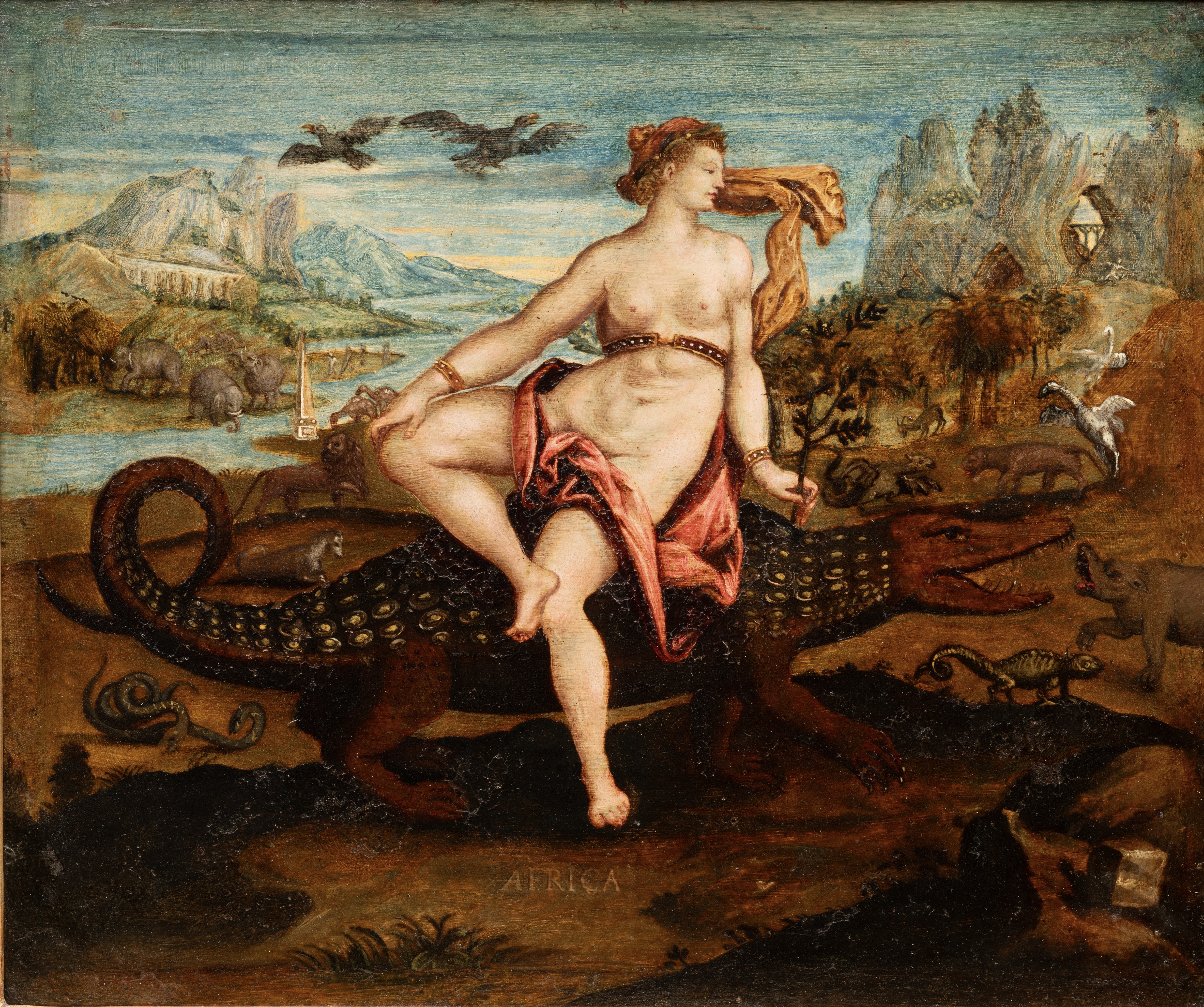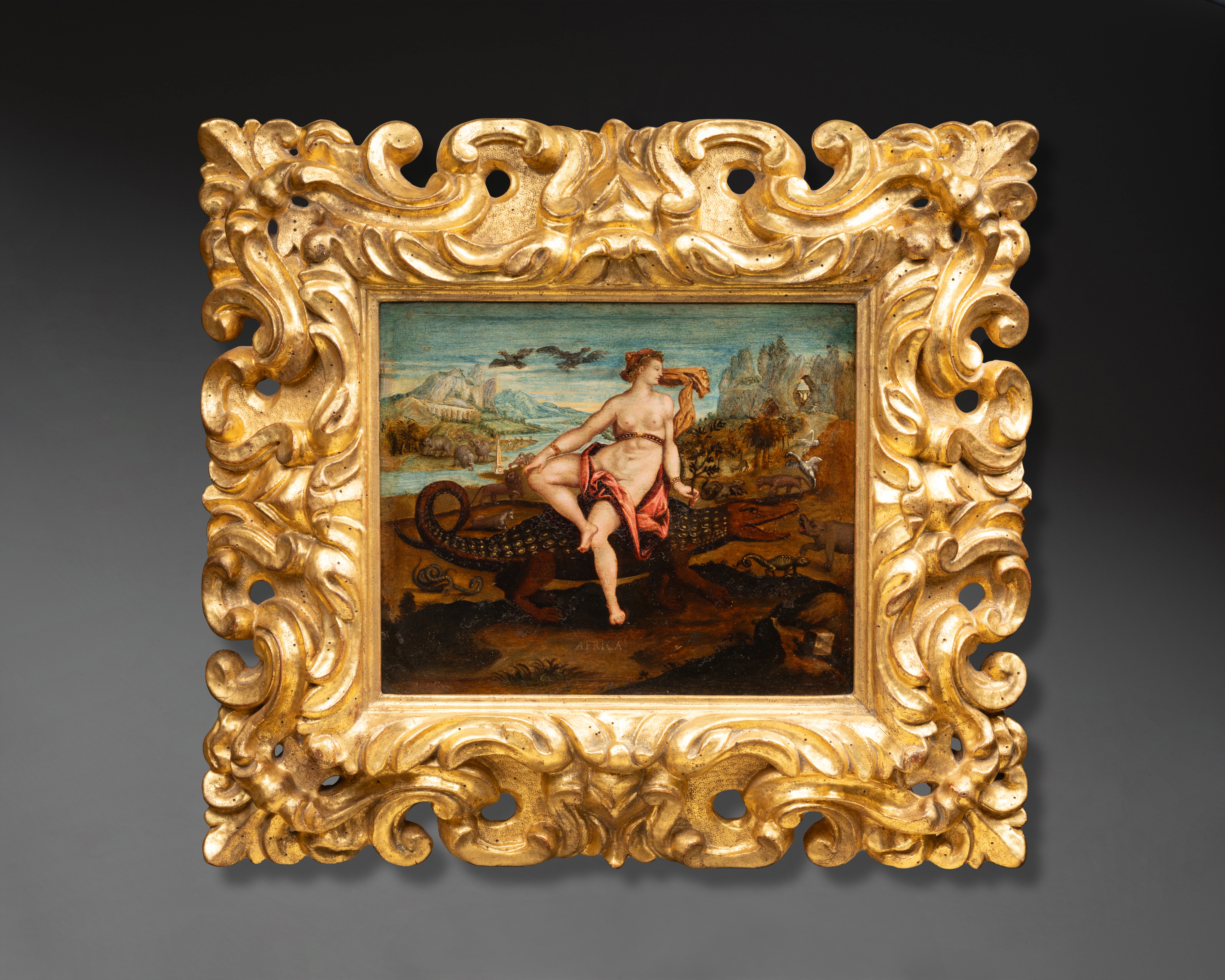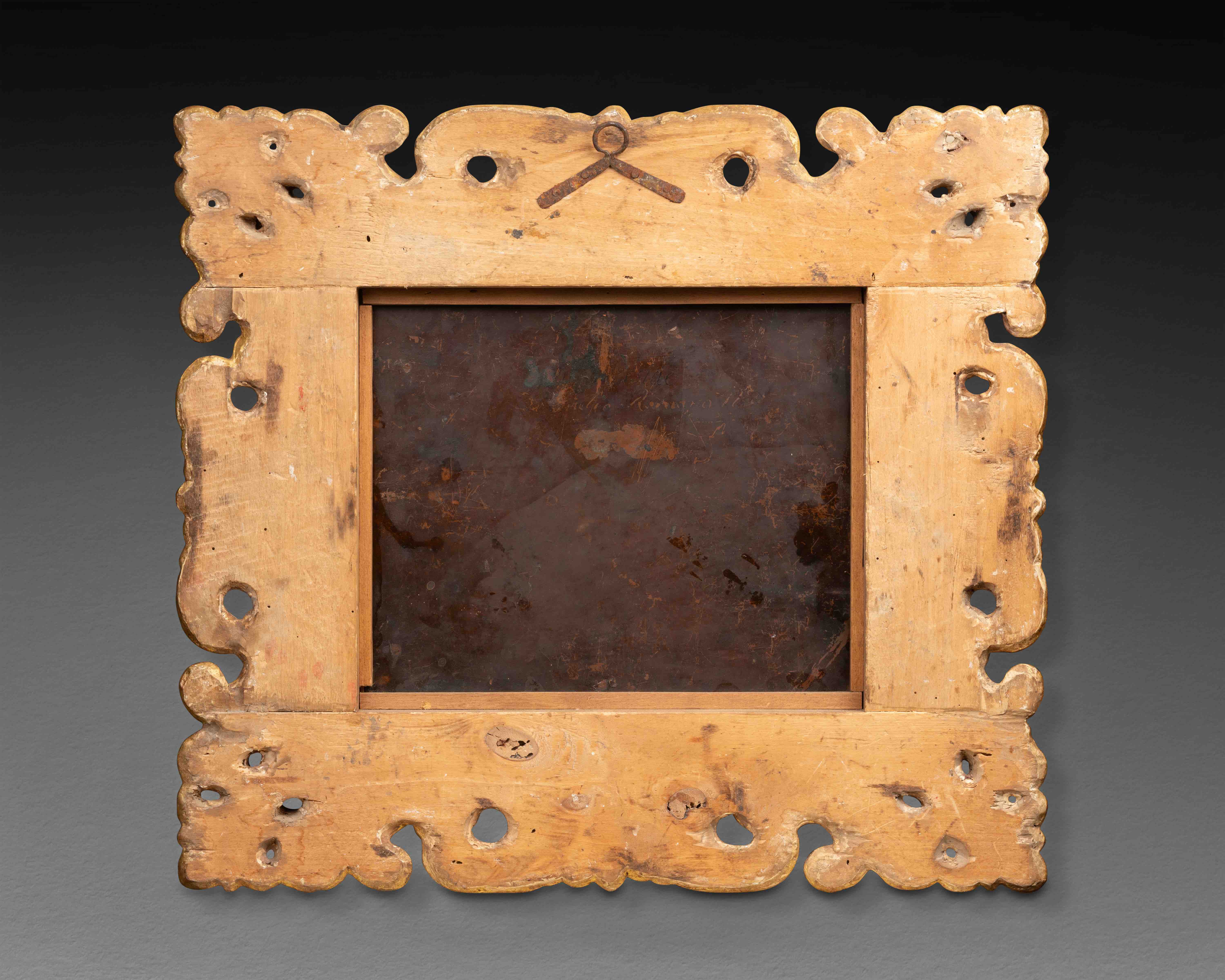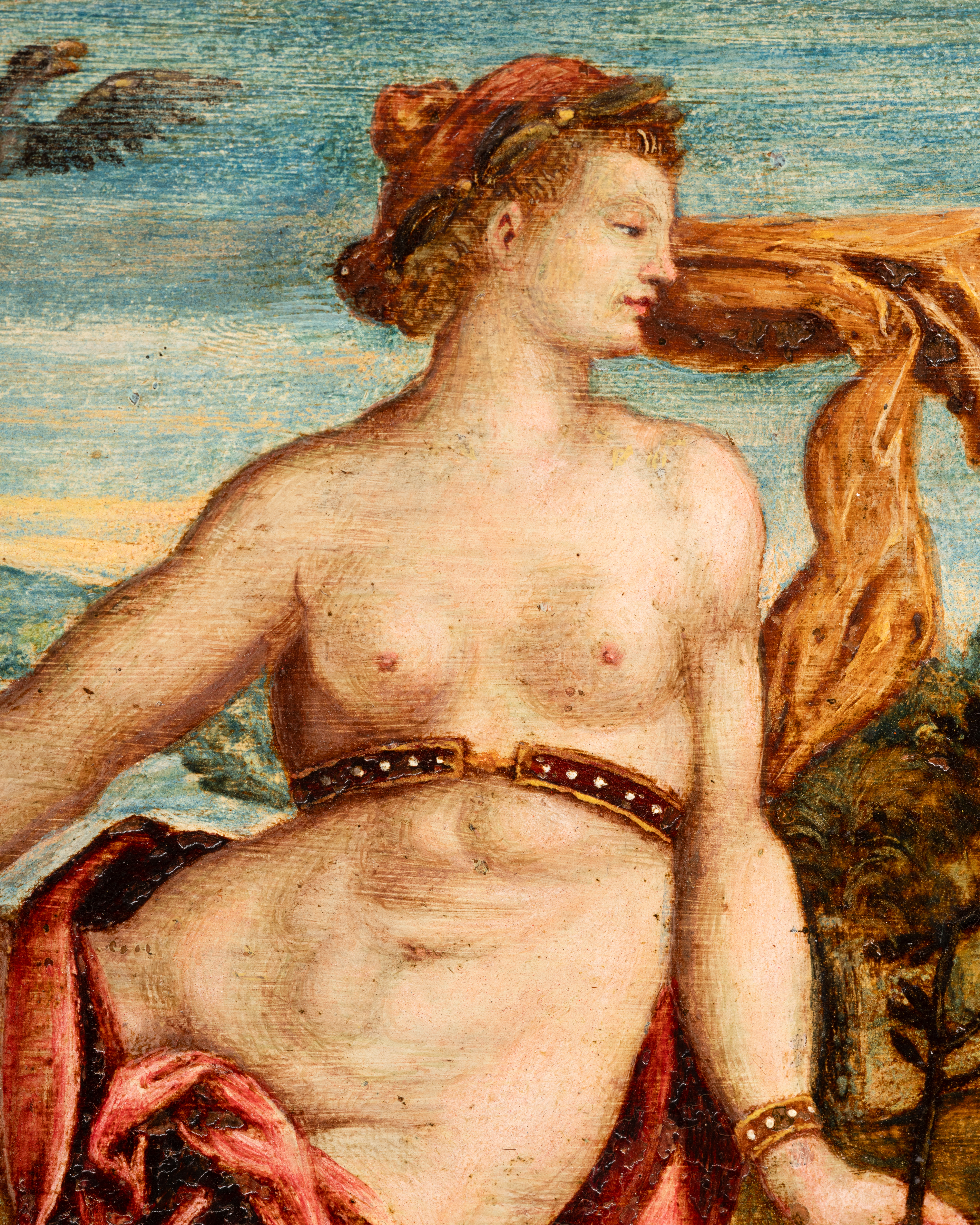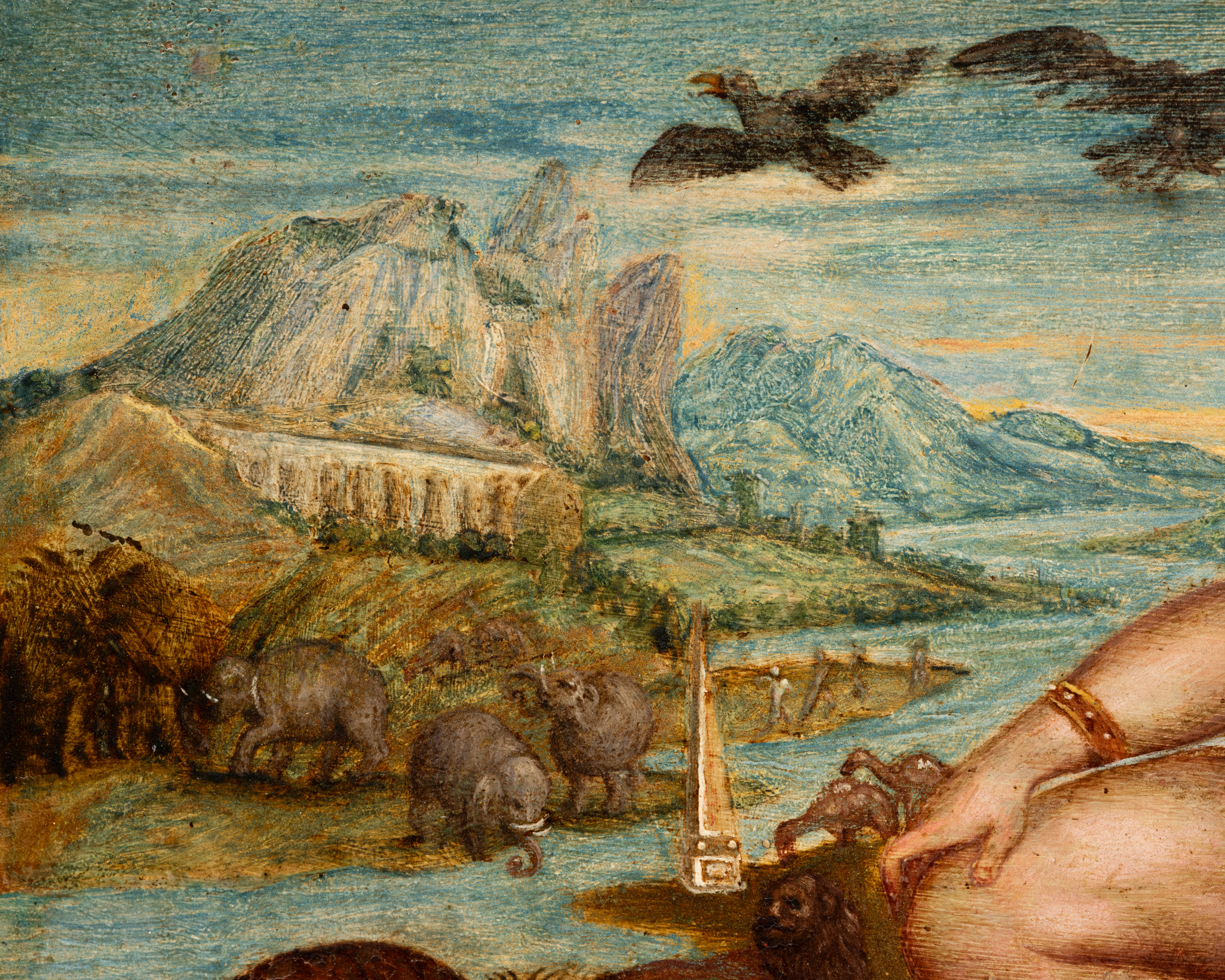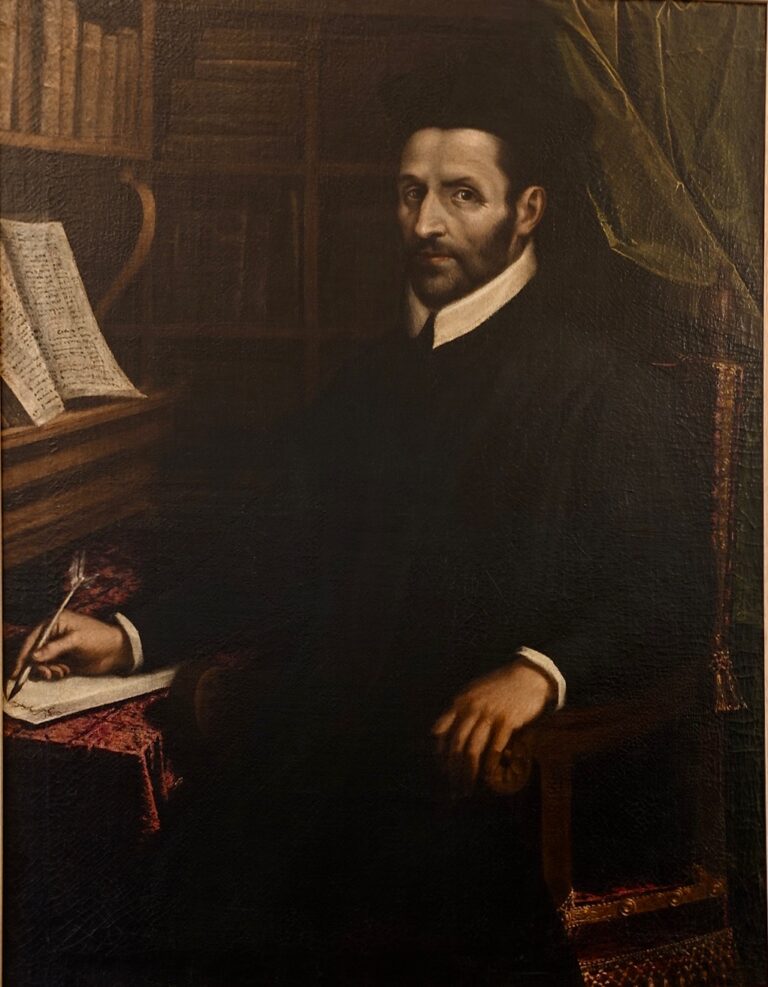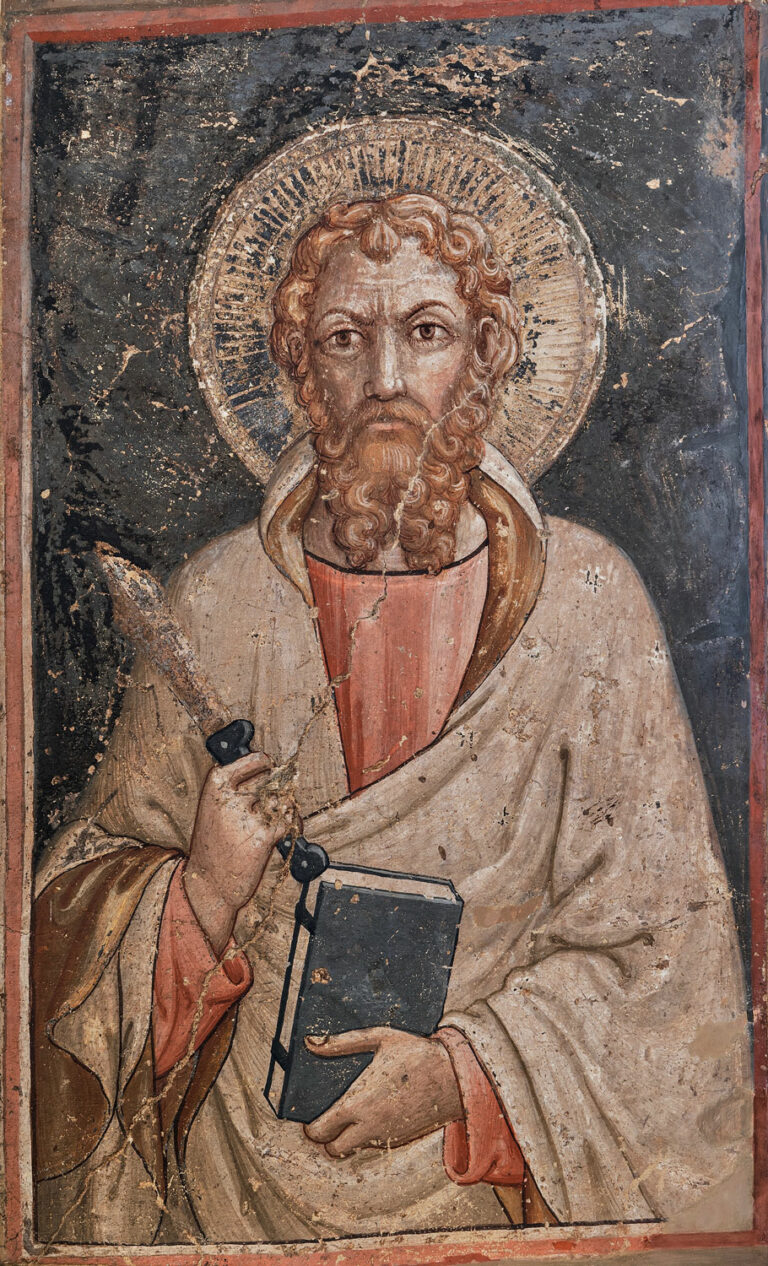The Allegory of Africa is a stunning oil painting on copper, inspired by Adriaen Collaert’s engravings of the Four Continents (Metropolitan Museum of Art), which were based on the original designs by Maarten de Vos. In the late 16th century, as interest in atlases and maps grew, so did the desire to visually represent new geographical understandings. Allegorical depictions of the continents became a popular iconographic genre, reflecting the cultural and intellectual shifts brought about by the European age of exploration.
The attributes of the allegories was standardized in the runaway 1593 bestseller Iconologia by the Italian humanist Cesare Ripa (ca. 1555–1622) and supplemented by contemporary travel accounts.
In Collaert’s series, each continent is personified by a central figure accompanied by symbolic elements and a “characteristic animal”: America rides an armadillo, Africa is seated on a crocodile, and Asia on a camel. In contrast, Europe is depicted atop a globe, symbolizing global aspirations rather than mere continental presence.

The illustrations of Africa and America reflect European perceptions of these continents as primitive (Africa is portrayed as semi-nude, unlike the richly dressed figures of Asia and Europe), yet also innocent, alluding to the possibility of discovering a new Eden beyond Europe.
While Africa’s skin appears fair in Collaert’s print, her tight curls and distinctive headdress evoke an exotic allure. This contrasts with the fair-skinned and delicate figure in our painting, which follows the archetype set by Cesare Ripa’s 1593 Iconologia. However, this model was not static and underwent modifications in subsequent editions. Notably, the 1613 Italian edition of the Iconologia reflected a growing awareness of sub-Saharan Africa, introducing darker skin tones that presented a more racialize and “tribal” depiction of the continent. This detail is crucial for dating our painting, suggesting it was created before 1613, when the iconographic model changed.
The background of our painting closely resembles that of Collaert and de Vos, featuring ancient ruins, such as Egyptian and Carthaginian structures. This alludes to Africa’s distant yet sophisticated past, intertwined with both biblical and European histories.
The iconography of the Allegory of Africa is rich with symbolic meaning. In Collaert’s series, specific animals symbolize traits associated with each region—Africa’s crocodile emphasizes the untamed and exotic nature attributed to the continent which evokes both danger and the allure of the unknown. The chameleon suggests Africa’s tropical climate, while the lion and elephants (also featured in Ripa’s Iconologia) emphasize the continent’s exotic dangers. The presence of a cockatrice underscores how Africa was the least known of the continents in the imagination of 16th-century artists.
The allegorical figure of Africa in our painting, although adapted to European beauty standards, exudes strength and independence. This reflects the broader European narrative of the time, which romanticized the “other” while simultaneously positioning them as subjects for colonization. The depiction of a strong yet sexualized female figure illustrates the tension between admiration and exploitation that characterized colonial attitudes.
The painting demonstrates a fusion of Italian and Netherlandish artistic traditions. The inscription “Giulio Romano” on the back is an old attribution and suggests that the painting, likely commissioned by a prominent Italian collector, remained in the peninsula until today.
Italian influence is especially visible in the rendering of the central figure, with her blonde, wavy hair and delicate features, reminiscent of artists like Allori, the Medici court painter. However, the strong physique and detailed musculature, as well as the meticulous background details align more closely with Netherlandish traditions. This eclecticism blending Mannerist and realistic elements, mirrors the broader artistic environment of Antwerp during the early modern period, where artists were drawn to the city’s cosmopolitan atmosphere and engaged with a wide variety of styles and subjects to meet the diverse tastes of its wealthy patrons.
Antwerp also became a leading center for printmaking, with de Vos being a prolific and influential print designer whose models, as this Allegory of Africa, constantly travelling around Europe. Artists like Martaens de Vos and his contemporaries traveled to Italy to study Renaissance art, blending these influences with the flemish tradition.
The artwork, through its adaptation of design by de Vos, illustrates how European artists engaged with and interpreted other cultures, shaping Western perceptions of Africa through allegorical figures and a fusion of artistic traditions.
Bibliography:
Louise Arizzoli. “James Hazen Hyde and the Allegory of the Four Continents: A Research Collection for an Amateur Art Historian.” Journal of the History of Collections 25, no. 2 (2013)
David Arnold. The Age of Discovery, 1400 –1600. London: Routledge, 2002
Francis Barker ed. Europe and its Others. Exeter: Exeter University, 1984
Ann Diels and Marjolein Leesberg, The Collaert Dynasty, part VI, The New Hollstein Dutch and Flemish Etchings, Engravings and Woodcuts, 1450–1700 (Rotterdam: Sound & Vision Publishers in cooperation with the Rijksprenten- kabinet, Rijksmuseum, 1993–[2005]): no. 1316
New Hollstein, Collaert VI.36.1316 i; Hollstein XLIV.278.1399 ii
Cesare Ripa. Iconologia: A Facsimile Edition. Ed. Christopher A. J. H. W. Smith. London: Facsimile Editions, 1976.
Wolfgang Schmale, Critical Note: Representations of the Continents by means of allegorical figures in the early modern period. (Bodies and Maps: Early Modern Personifications of the Continents, edited by Maryanne Cline Horowitz and Louise Arizzoli, Brill, Leiden 2020
Edmond Smith (2014) De-personifying Collaert’s Four Continents: European description of Continental diversity, 1585-1625, European Review of History: Revue Européenne d’histoire, 21:6, 817-835
Michael Wintle. The Image of Europe: Visualizing Europe in Cartography and Iconography throughout the Ages. Cambridge: Cambridge University Press, 2009
Zukas Alex, « class, Imperial Space, and allegorical Figures of the Continents on Early-modern World Maps », environment, Space, Place 10, Issue 2:29-62, 2018
“The Four Continents” from the Collection of James Hazen Hyde. New York: Cooper Union Museum, 1961
‘Marten de Vos, paintings, prints, red lakes and smalt: transatlantic travels’, in: Historias de pincel Historias de Pincel: Pintura y retablos del siglo XVI en la Nueva España, Pedro Ángeles Jiménez, Elsa Arroyo Lemus y Elisa Vargaslugo, Coordinadores. Mexico City, 2021, pp. 93-117.
Maerten de Vos, Africa, c. 1585. Brown ink, brown wash. 205 × 285 mm. Antwerp, Stedelijk Prentenkabinet, 1249. Adelheid Reinsch, Die Zeichnungen des Martin de Vos: Stilistische und ikonographische Untersuchungen (Bamberg, 1967), cat. 101
